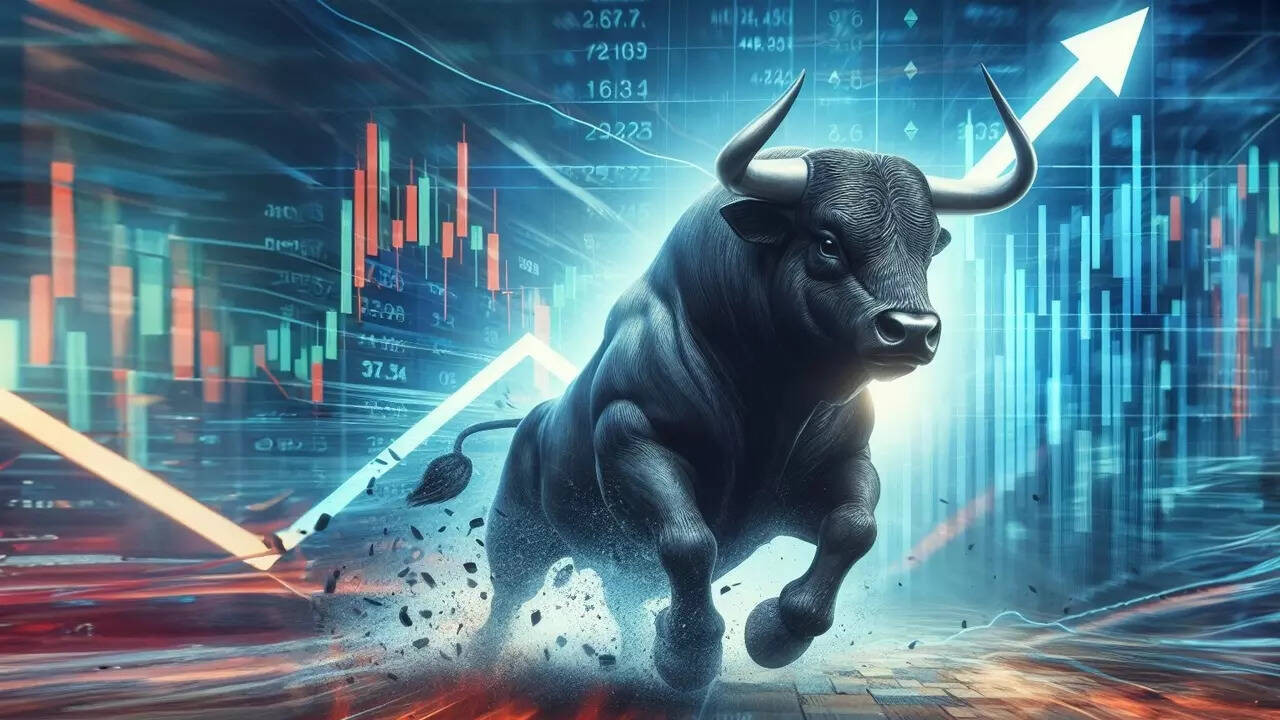Regencell Bioscience Holdings Limited, a herbal medicine biotech firm, has experienced an astonishing 46,000% surge in its stock value in 2025, despite generating no revenue since its inception. This Hong Kong-based company, specializing in traditional Chinese medicine for neurological conditions, saw its market capitalization soar to $30 billion.
Regencell: When a Zero-Revenue Company Becomes a Wall Street Wonder (and What it Means for the Rest of Us)
Okay, folks, let’s talk about something truly wild happening on Wall Street. Forget your predictable tech giants and blue-chip stalwarts. I want to tell you about Regencell Bioscience Holdings Limited. Never heard of them? Don’t worry, most people haven’t. And here’s the kicker: this Hong Kong-based herbal medicine company has, get this, zero revenue. Zip. Nada. Yet, its stock has experienced a rally so unbelievable, it makes meme stocks look like a walk in the park.
We’re talking a staggering, jaw-dropping, “did-I-read-that-right?” 46,000% increase since its IPO in 2021. Yes, you read that correctly. That’s enough to turn a modest investment of, say, a thousand dollars into something approaching half a million dollars. Overnight. Or, well, over the course of a few frenzied trading sessions.
Now, before you start frantically Googling “Regencell stock” and emptying your savings account, let’s pump the brakes a bit. This isn’t your average, everyday stock market success story. This is…well, it’s frankly bizarre.
Regencell claims to be developing treatments for conditions like Acute Respiratory Distress Syndrome (ARDS) and other infectious diseases, using – and this is important – traditional Chinese medicine. Sounds promising, right? The problem is, despite the grand ambitions and the catchy name, they haven’t actually sold anything. Zero revenue. We’re talking about a company built on potential, hope, and… well, maybe something else entirely.
So, what is going on here? That’s the million-dollar question, or, considering the stock price, maybe the billion-dollar question.
One theory swirling around financial circles is good old-fashioned speculation, fueled by a relatively small number of publicly traded shares. This is key. Imagine a limited-edition painting. If there are only a few in existence, and even a small group of people suddenly want it, the price skyrockets, regardless of its objective artistic merit. The same principle can apply to stocks, especially those with a low “float,” meaning a small number of shares available for public trading. A little buying pressure can create a massive price swing.
Another possibility, and one that can’t be dismissed out of hand, is outright manipulation. This kind of sudden, parabolic rise is often a hallmark of so-called “pump and dump” schemes. Here, a group of individuals artificially inflate the price of a stock through misleading positive statements, then sell their shares at a profit when unsuspecting investors pile in, leaving those latecomers holding the bag as the price inevitably crashes.
Think about it. The promise of a miracle cure, the allure of getting in on the ground floor of the next big thing – it’s a powerful combination. And in the current climate, where social media hype and online trading platforms have democratized investing (which is generally a good thing!), it’s easier than ever for these kinds of schemes to gain traction.
The thing that really makes this situation eyebrow-raising is the lack of concrete evidence to justify this astronomical valuation. While the company may have promising research in the pipeline (and I’m using “promising” loosely here), there’s a vast difference between laboratory results and a commercially viable product. Bringing a new drug to market is an incredibly complex, expensive, and time-consuming process. It involves years of rigorous clinical trials, regulatory approvals, and finally, scaling up manufacturing and distribution.
And let’s be frank. While there’s a growing interest in alternative medicine, including traditional Chinese practices, the skepticism surrounding it remains significant, especially when compared to the rigorous scientific scrutiny applied to conventional pharmaceuticals.
So, where does this leave us? Well, for one thing, it serves as a stark reminder of the inherent risks involved in investing, particularly in volatile micro-cap stocks. The allure of quick riches is strong, but it’s crucial to remember the old adage: if something sounds too good to be true, it probably is.
The Regencell saga also highlights the importance of doing your own due diligence. Don’t rely on social media hype or anonymous online forums. Dig into the company’s financials, understand its business model, and assess its competitive landscape. And, most importantly, ask yourself: does this valuation make any sense, based on the available information?
Finally, this entire episode could serve as a valuable lesson for regulators. Are the current rules and regulations adequate to prevent market manipulation and protect investors from these kinds of speculative bubbles? The Regencell story suggests that perhaps more oversight is needed, particularly in the realm of micro-cap stocks and the increasingly influential world of online investing.
Ultimately, the future of Regencell is uncertain. Will it become a legitimate pharmaceutical company, delivering on its promise of groundbreaking herbal medicines? Or will it be remembered as a cautionary tale, a symbol of the speculative excesses that can occasionally grip Wall Street? Only time will tell. But one thing is certain: this is a story worth watching, not just for the sheer spectacle of it all, but for the important lessons it offers about risk, speculation, and the ever-evolving landscape of the financial markets. And, of course, the critical importance of doing your homework.







